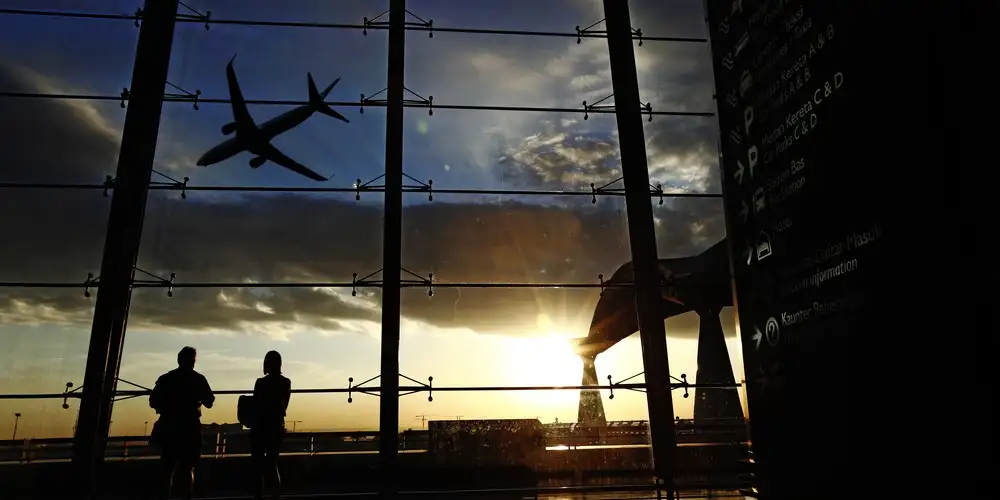
Are loyalty programs doing their job? Consulting company Deloitte thinks not, and they’d be happy to show the airlines how to improve their programs.
Underlying Deloitte’s sales pitch for its services are the results of its survey of 2,500 travelers who took at least one flight during the past 12 months. Among the highlighted findings:
- Loyalty programs were only the 19th most-important factor when choosing an airline, out of 26 attributes.
- Forty-four percent of business travelers and 72 percent of high-frequency business travelers participate in two or more airline loyalty programs.
- Two thirds of respondents were open to switching to a competing loyalty program even after achieving highest status level.
None of the above findings is surprising. And none is a strong argument that mileage programs aren’t working. Taking the points in order. …
Although loyalty programs weren’t terribly important to infrequent leisure travelers (who accounted for 1,500 of the 2,500 survey respondents), they ranked second in importance, behind a comprehensive route network, among high-frequency business travelers. That’s the most profitable segment of the travel market, and the group that loyalty programs are most concerned with engaging.
Regarding business travelers’ membership in multiple programs, that simply reflects the fact that no single carrier can meet the needs of the most frequent travelers on every trip. Sooner or later, even the most loyal frequent flyers will have to use alternative carriers. And it makes perfect sense to earn miles for those flights as well.
Likewise, elite members’ willing to switch to another program can be explained in practical terms. Once you’ve achieved top-tier status, it makes perfect sense that you’d seek status in a secondary program, since there’s no higher status to be earned in your primary program. Disloyalty, or the behavior of a rational actor?
No one questions the premise that loyalty programs need improvement. But which improvements? What can the airlines do that both adds value for the consumer and maintains the programs’ economic viability? As for the improvements that Deloitte would recommend, the report confines itself to vague teasers, along the lines of “refocus on individual customer preferences.” Paying consulting clients presumably receive more substantive advice.
The report closes with a call to action:
Now is a propitious time for airlines to chart a course for renewed airline consumer loyalty, even as economic growth remains uncertain and global pressures persist. There is no shortage of opportunity for those brands that choose to invest in breaking out of the frequency-based sea of “me too” loyalty programs.
That at least is something we can all agree on.
Reader Reality Check
What’s wrong with loyalty programs? And how can they be improved?
This article originally appeared on FrequentFlier.com.
We hand-pick everything we recommend and select items through testing and reviews. Some products are sent to us free of charge with no incentive to offer a favorable review. We offer our unbiased opinions and do not accept compensation to review products. All items are in stock and prices are accurate at the time of publication. If you buy something through our links, we may earn a commission.
Related
Top Fares From
Today's Top Travel Deals
Brought to you by ShermansTravel
Kenya: 14-Night Tour, Incl. Tanzania &...
smarTours
 vacation
$7125+
vacation
$7125+
7-Night Caribbean Round-Trip Cruise From Orlando:...
Norwegian Cruise Line
 cruise
$739+
cruise
$739+
Ohio: Daily Car Rentals from Cincinnati
85OFF.com
 Car Rental
$19+
Car Rental
$19+



